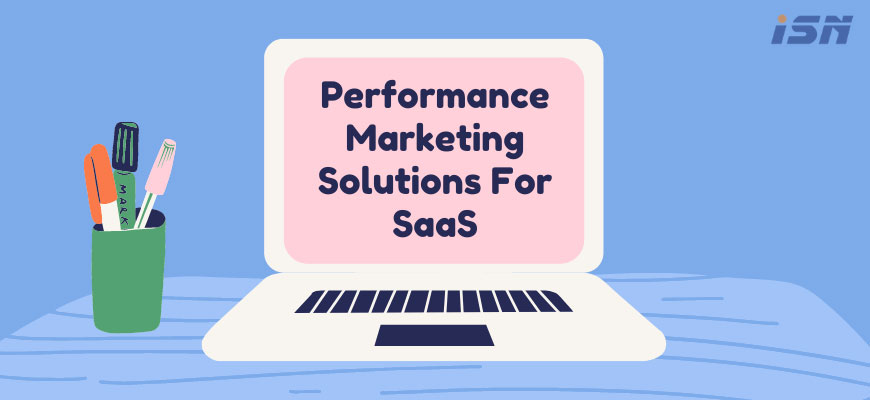
By Duane Fernandes | 14th January 2021
After a rigorous survey and analysis of some of our client’s processes, we noticed a common factor, 65% of them were not evaluating their unit economics. So after taking into consideration what we suggested, followed by their application, they found a new ease in task deployment, creating a comfortable alignment of the team, and in-turn helping them achieve desired results. So as we realized that this was of great value, so we said "Why not create a short read sharing our finding and insights", hoping we could add some value to your business.
What is Unit Economics?
Unit economics is an easy solution to all the complexities that go in measuring business success, it is a measurement of the profitability on a per-unit basis. It can be applied to both services or products.
So I guess that already explains how important it is to understand it. So let’s get right into it...
The 2 Components of Unit Economics are:
- Customer Lifetime Value(LTV or CLV)
- Customer Acquisition Cost (CAC)
CLV/LTV is the profit you make from a customer over their lifetime.
CAC is the cost of acquiring the customer.
If your LTV > CAC, your business is scalable.
If your LTV < CAC, your business will burn money.
You can calculate LTV using this formula:
LTV = (Total revenue from a customer x No. of times the customer buys your product) - (Total costs of serving the customer)
To increase your LTV you need to focus on 4 factors:
- Increase Average Order Value(AOV):
- Increase Purchase Frequency
- Increase Retention
- Increase Profit Margin
How does reducing CAC help?
Decreasing CAC will help improve unit economics.
What are the various ways to do so?
- You can optimize your digital marketing
- Even focus on your conversion rates
How to decrease your CAC?
- Increase the number of organic customers
- Try referral networks
- Optimize marketing spends
- Increase conversion rates
You should calculate unit economics separately for every product separately.
We recommend...
That you should calculate unit economics separately for every product separately.
Why is the LTV:CAC ratio important?
Ratios are important in aligning core leadership and the board.
For example, say if you have certain unit economics that doesn’t make sense. You have to decide why you want to invest in those SKUs.
As a founder, it’ll be your responsibility to either have to increase the repeat rate or optimize costs or find a way to optimize marketing spend to justify the ratios.
If the unit economics of some SKUs doesn’t make sense, then pivot to SKU’s that are profitable. This is where you bring in your team and create solutions to fix it.
Bonus Tip:
Regularly evaluate your direct revenues and costs.
You have to be alert of the direct revenues and costs associated with your business model. They act as crucial insights into your company’s financial performance.
By taking a unit economics approach to business, early-stage startups are able to gain a better understanding of their company as it develops, scales, and grows. Paying close attention to unit economics helps identify opportunities, manage cash flow, and overcome many of the challenges that come with scaling a SaaS startup.



















































